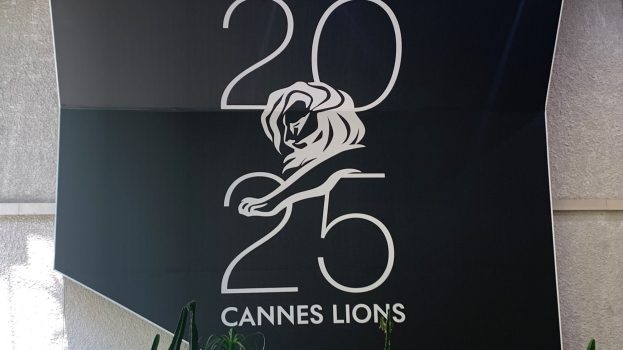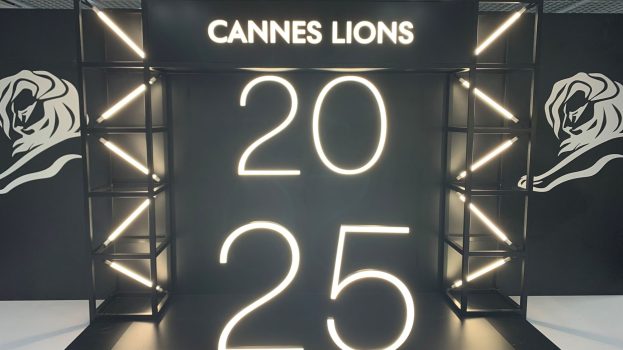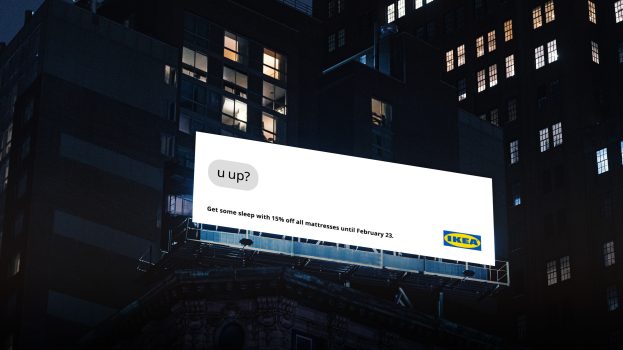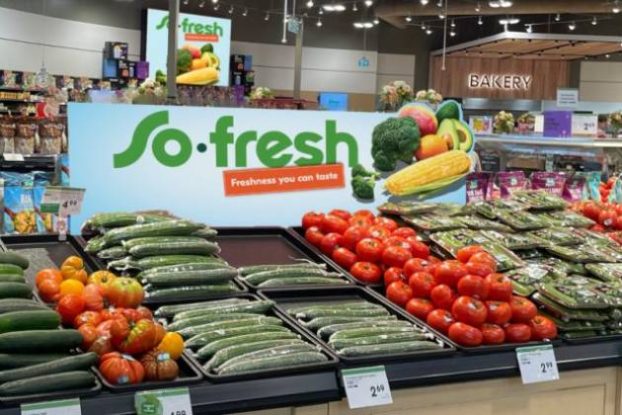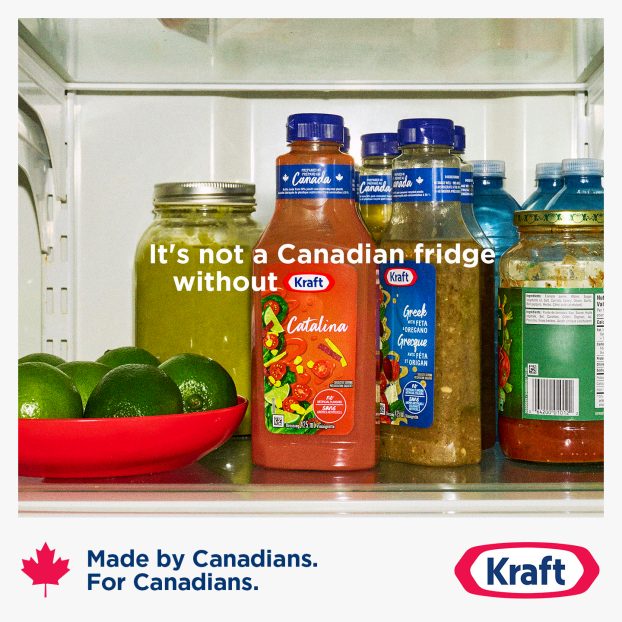Nova Scotia-based National Sea Products, the principal source of fish products in Canadian food stores, is about to launch a major marketing campaign to regain share of the $200 million-plus that Canadians spend annually on frozen entrees.
National Sea entered the frozen entree category in the mid-1980s with the launch of two brand sub-groups marketed under the High Liner name.
The brand groups were: Light Tonight, a series of low-calorie shellfish-based recipes; and Fillets in Sauce, eight flavors of fish fillet-based products.
Within four years after the introduction of the frozen entrees, they captured about 10% of all frozen entrees sold.
This market penetration came as an unexpected boon to National Sea, a medium-sized player in the food manufacturing business which, at the time, was relatively unsophisticated in its approach to marketing.Now, after careful examination of this market segment and after assessing its opportunities, National Sea – armed with a completely overhauled marketing department and a clear corporate commitment – is poised to do battle over Canadians’ increasing appetite for convenient home-cooked meals.
It is, in many ways, a classic marketing story with a number of text-book issues.
The other competitors in the category – whose protein base is either beef, chicken or turkey – are such brands as Stouffers, Swanson and relative newcomer Healthy Choice.
Store section
These products are all found in the frozen food grocery products section of grocery stores.
National Sea, which has been around since 1927, and because of the historical precedent established back in those days, is still sold in the meat section of grocery stores.
Yet, basically, National Sea competes against manufacturers such as Stouffers and Healthy Choice for the same consumer that is shopping through the grocery products aisle.
By achieving a 10% share, National Sea proved it could compete for the entree meal occasion, and that it had an advantage by being the only manufacturer which could bring a fish product to market.
The entree segment cuts across a wide range of users, including young people, mainstream consumers and seniors.
But by far the biggest user – accounting for about 80% of the catgeory – is the young, urban, single adult, people who commonly are well-educated, have high incomes and high energy.
These people are on the go all the time. They want convenience but, above all, they seek variety.
Little brand loyalty
Not surprisingly, one of the chief characteristics of the frozen entree category is that its core user shows little brand loyalty. The high-use entree buyer will typically shop in search of variety more than anything else.
So, new products are the name of the game. The leading manufacturers will introduce up to three new flavors every year just to satisfy the consumer hunger for newness and difference, and to replace the older flavors that are slowing down.
Since 1987, when National Sea hit its peak, its High Liner brands have been in decline.
The reason is simple.
National Sea has not invested in constant new product development, and has made little noise about its products in the marketplace – something that is essential in gaining the attention of this youthful and energetic core consumer.
Most of the company’s marketing activities were sub-contracted out to various suppliers and there was no marketing department per se at National Sea.
By 1989, National Sea’s frozen entree share was in serious decline.
Volume halved
Within three years, due mostly to its own lack of attention and the need to constantly stay fresh and new with new advertising and new product development – proving quite dramatically how brand-disloyal this core group really is – National Sea saw its volume cut almost in half.
It went from a 10% share to almost a 5%.
National Sea knew it had a viable business, but it also knew it had to invest in new product research and development and marketing if it was going to stay competitive within the category which, encouragingly, has been performing well relative to the rest of grocery store products.
Evidence of the fickle nature of this market group is in the remarkable success of Healthy Choice, a brand that capitalized on a well-positioned name and effective packaging.
Healthy Choice went from launch to $300 million in sales in the u.s. in just three years. The brand has had early success in Canada as well.
Even though the Canadian marketers could have learned from the u.s. experience by developing a defensive strategy, Healthy Choice launched in May 1991 in Canada and is now at 5% market share even though it is not available in Quebec.
National Sea’s choice four years ago was fundamental, but tough. Do you take the plunge and staff up on a full-scale marketing department and be prepared to enter into the high stakes game, where one tv ad campaign can cost millions of dollars in media alone? Or do you ride with the status quo?
National Sea chose to remain in the game. The company’s marketing program took on a new direction under the leadership of marketing director Jim Jaques, who put together a top-notch marketing department and convinced senior management to invest in a long-term commitment to the entree category.
National Sea markets about 80 consumer products. Entree sales represent a different consumer group than that which buys the bulk of National Sea products. (Entrees represent about 25% of all National Sea’s sales.)
National Sea is basing its optimism for growth in entree products on the belief it can market its products better, and that consumers, in general, will begin to eat more fish.
At the moment, Canadians eat about 60 pounds of beef every year, about the same amount of poultry, and only 15 lbs. of seafood, much of which is canned tuna and salmon.
‘Not top-of-mind’
‘The problem is that fish is not top-of-mind,’ Jaques says.
‘There is a general lack of knowledge on how to prepare it,’ he says.
‘The entree format, therefore, represents a great opportunity for National Sea because it gets past the preparation problem and allows us to present fish as a ready meal.’
After extensive market research, National Sea narrowed its entree focus down to two basic products: shrimp, with a starch accompaniment (rice or pasta), and fillets, also with a starch.
Recognizing that consumer tastes are constantly changing, and that their expectations, especially in the frozen entree category, are constantly in flux, National Sea developed two new sub-brand lines – Captain’s Table and Healthy Catch – that are marketed under the basic positionings of taste and health.
The sub-brands allowed National Sea to address a number of market peculiarities.
In diet entree products, for instance, consumers have moved away from low-calories exclusively. It is not good enough to just offer low-calorie items. Consumers now want both lower calories and other healthful attributes.
Also Canadian consumers have their own eccentricities.
First, they are much less conscious of what they eat than Americans or Europeans. Zealous concern over lower fat, less sodim and cholestoral has not hit the Canadian consumer to the degree it has Europeans and Americans, but it is coming.
And the other big difference between Canadians and Americans is that while they may not be so worried about content, Canadians have much higher expectations when it comes to taste.
The marketing support that National Sea has put behind the relaunch has been all-out, from top to bottom.
In addition to a complete packaging redesign, Jaques says the company is going to be advertising its products heavily this fall ‘at levels that the company has never committed to before.’
National Sea and its design partner, Toronto-based Russell Design, went right to the store level in redesigning the packaging which, because of the fickleness of the target group – these people will typically go hunting through the store in search of variety – needed to be updated and given a new personality.
Test results showed that the Captain High Liner name, the sea captain figure and the blue color association in the existing brand all were strong, positive associations connoting quality in consumers’ minds and were worth preserving.
National Sea decided to ride on the coattails of that heritage, while updating the design with an urban style.
‘The consumers we’re after are anything but boring,’ Jaques says. ‘They come home, gobble up the product, and then they’re off to go sailing, or jogging, or whatever.’
The design was built around a number of key elements, according to Russell Design’s Bob Russell.
New design
The High Liner logo was maintained, the blue background stayed, a photo appeared to show the product, and an illustration was introduced to capture the feel of the lifestyle of the two brand lines – a captain’s home with lighthouse for the home-cooked Captain’s Table brands, and a windsurfer for the healthy lifestyles-positioned Healthy Catch entrees.
‘We went for an editorial-style photograph, which was meant to show the product in a taste-appealing way, but not over-promising on the product,’ Russell says.
‘We wanted to be honest and make the photograph very close to reality,’ he says.’ People really do shop according to the picture on the package and we wanted to make sure they wouldn’t be disappointed when they opened it up.’
Russell says the illustration is unique to the category and helps make the package stand out.
‘It gives some emotion to the package, some level of personality that the others don’t have,’ he says. ‘The illustrations – originally painted with oils on canvas – personify the positioning. They make the packages very expressive [of the brand personality.]’
The package also contains all the relevant information the target group is looking for in terms of contents, particularly in the Healthy Catch line, which includes extensive information on fat, caloric and sodium and cholestoral content.
‘The supermarket is a sea of stripes and blocks, and most consumers don’t give much thought to what’s on the shelf,’ Russell says.
‘Yet, in an advertising sense, the package represents the biggest ad in the biggest magazine you can ever buy,’ he says.
‘It must project emotion, as well as provide information, which is the real challenge in package design – to project personality as well as capture attention and give information.’

